FAB performs first flight test of the 14-X hypersonic aeronautical engine
The test is part of the development of the PropHiper Project, 14-X Hypersonic Propulsion Project, one of the Strategic Projects of the Brazilian Air Force (FAB) and coordinated by the Department of Aerospace Science and Technology (DCTA)
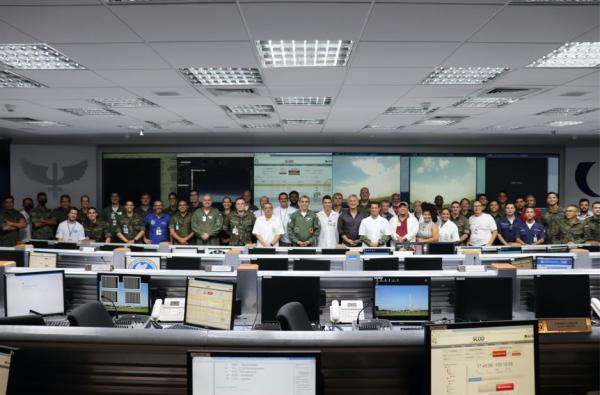
The Brazilian Air Force (FAB), through the Alcântara Launch Center (CLA), carried out, on Tuesday (14), the launch to enable the flight test of the 14-X S, the first Brazilian demonstrator of aspirated hypersonic technology , known by its English acronym scramjet, through Operation Cruzeiro. The test is part of the development of the PropHiper Project, 14-X Hypersonic Propulsion Project, one of the FAB’s Strategic Projects and coordinated by the Department of Aerospace Science and Technology (DCTA).
The 14-X S was accelerated to a speed close to Mach 6 (six times the speed of sound), at more than 30 km altitude, using a Hypersonic Accelerator Vehicle (VAH). After carrying out the test, the set continued the predicted trajectory, reaching its apogee at 160 km, covering a total of 200 km, until its impact in a safe area in the Atlantic Ocean.
In addition to the CLA, the Barreira do Inferno Launch Center (CLBI) acted as a Remote Tracking Station. With this first trial, Brazil definitively joins the select group of nations that has the technical knowledge and means to design, build, launch and track an aspirated hypersonic system.
O Projeto PropHiper teve início em 2006, e visou capacitar o Brasil na área estratégica e prioritária da hipersônica, em atendimento à Estratégia Nacional de Defesa (END), por meio da operação em voo de um sistema com propulsão hipersônica aspirada (tecnologia de propulsão scramjet). Para cumprir seus objetivos, o projeto foi dividido em quatro grandes metas, associadas, respectivamente, aos ensaios em voo dos demonstradores de tecnologia designados como:


I. 14-XS: ballistic upward flight demonstration of supersonic combustion;
II. 14-XSP: ballistic upward flight demonstration of aspirated hypersonic propulsion;
III. 14-XW: demonstration in gliding flight (without propulsion) of a controllable and maneuverable hypersonic vehicle with guidance, navigation and control (GNC) systems, use of advanced materials, during hypersonic flight in the stratosphere; It is
IV. 14-XWP: autonomous flight demonstration of a controllable and maneuverable hypersonic vehicle with active aspirated hypersonic propulsion.
To date, human resources have been trained, laboratories and hypersonic wind tunnels (unique in Latin America) have been built, in addition to carrying out various laboratory tests. The Technological Maturity Level of national scramjet propulsion technology is currently TRL 6, meaning that the technology constitutes a fully functional prototype, being qualified and accepted for operation in a relevant environment, that is, outside the laboratory environment. After Operation Cruzeiro, hypersonic propulsion technology will advance to TRL 7, with proof and demonstration of its operation in a relevant environment (atmospheric flight).
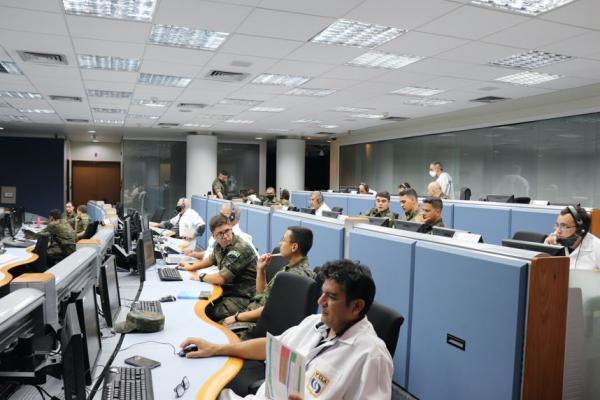
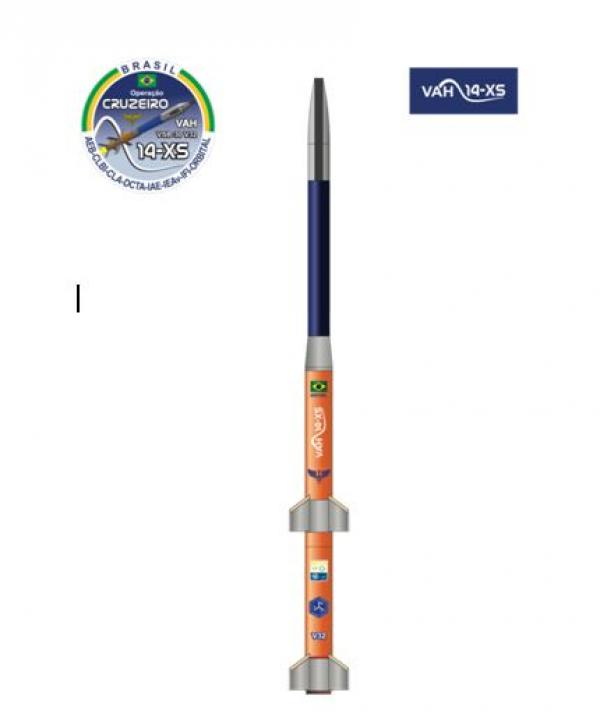
According to the General Coordinator of the Operation, Colonel Aviator Eduardo Viegas Dalle Lucca, Operation Cruzeiro allowed the country to make a qualitative leap in the field of aspirated hypersonic technology. He also highlighted the unprecedented nature of launching a national technological payload, using a vehicle completely designed and manufactured in Brazil and using the infrastructure and operational resources of our launch centers. “The synergy of the various actors highlighted DCTA’s ability to carry out a flight test of this level of complexity. Furthermore, we left a qualified team prepared for new challenges”, highlighted the General Coordinator.
“When hosting a large operation like Cruzeiro, the Alcântara Launch Center is increasingly qualified to receive foreign companies and consolidate Brazil’s operational capacity in the solo segment of the Brazilian Space Program”, says Colonel Aviator Marcello Corrêa de Souza, Director of the Alcântara Launch Center.
For the Director of the Institute of Advanced Studies (IEAv), Colonel Engineer Fábio Andrade de Almeida, “testing hypersonic technologies in real flight conditions is the pinnacle of research developed at IEAv. Inertial systems and imaging sensors designed in the Institute’s laboratory have already carried out successful flight tests on aircraft and suborbital vehicles. In Operation Cruzeiro, we tested an aeronautical engine in hypersonic flight using hydrogen as fuel, something unprecedented in national aviation.”
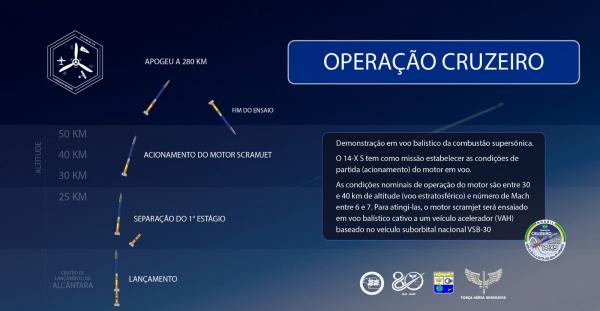
The Director of the Institute of Aeronautics and Space (IAE), Air Brigadier César Augusto O’Donnell Alván, highlighted that the development of the Hypersonic Accelerator Vehicle by the IAE, to enable the launch of the 14-X S, demonstrated that the space technologies mastered by the FAB They are essential pillars for Brazil’s insertion in new space projects. And it demonstrated, once again, FAB’s ability to overcome challenges of great technological complexity.
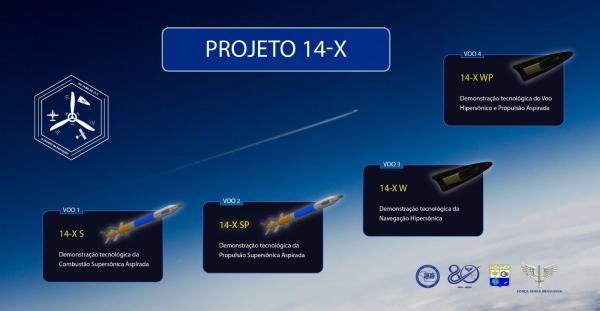
Source: Força Aérea Brasileira Photos: DCTA

